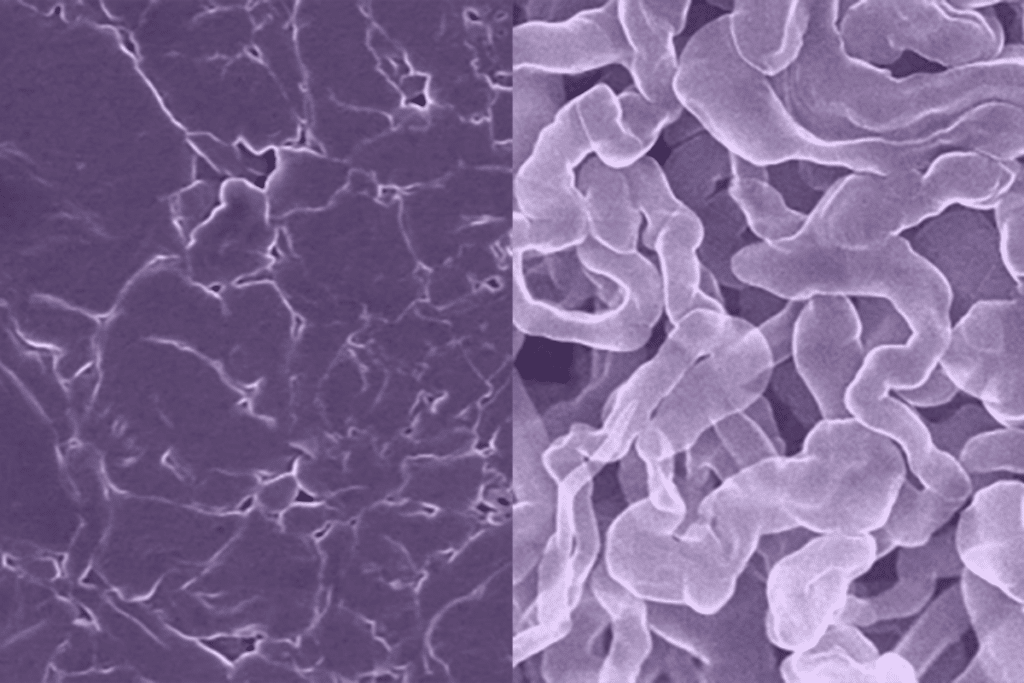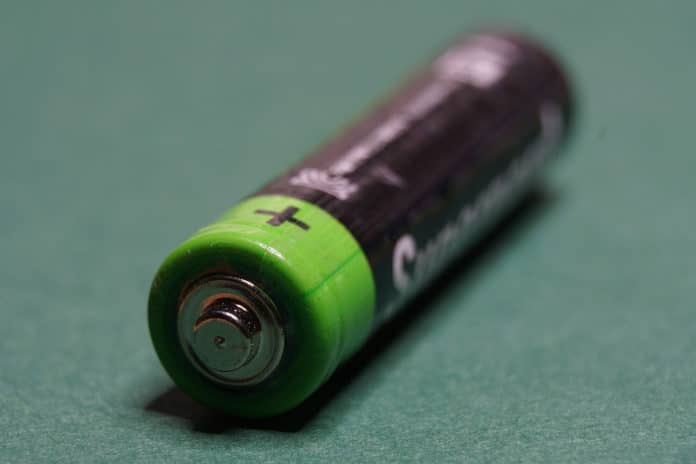For about a decade, scientists and engineers have been developing sodium batteries, which replace both lithium and cobalt used in current lithium-ion batteries with cheaper, more environmentally friendly sodium. Unfortunately, in earlier sodium batteries, a component called the anode would tend to grow needle-like filaments called dendrites that can cause the battery to be electrically short and even catch fire or explode.
Researchers from the University of Texas at Austin have created a new sodium-based battery material that is highly stable. It is capable of recharging as quickly as a traditional lithium-ion battery and is able to pave the way toward delivering more energy than current battery technologies.
When a rechargeable battery is being charged, ions (such as lithium or sodium) move from one component called the cathode to another called the anode. When the battery is being used to generate electricity, the ions move from the anode back to the cathode.

Researchers have developed a new anode material called sodium antimony telluride intermetallic. It is made of rolling a thin sheet of sodium metal onto an antimony telluride powder, folding it over on itself. This process is repeated over and over to form the anode material and results in a very uniform distribution of sodium atoms that makes it less likely to form dendrites or surface corrosion.
“Think of making a kind of layered pastry, like spanakopita,” said David Mitlin, a professor in the Cockrell School of Engineering’s Walker Department of Mechanical Engineering and Applied Research Laboratory who designed the new material.
In addition to preventing the dendrite formation, the composite material also makes the battery more stable and allows faster charging, comparable to a lithium-ion battery’s charge rate. It also has a higher energy capacity than existing sodium-ion batteries.
“We’re essentially solving two problems at once,” said David Mitlin. “Typically, the faster you charge, the more of these dendrites you grow. So if you suppress dendrite growth, you can charge and discharge faster because all of a sudden, it’s safe.”
Mitlin and study‘s two lead authors Yixian Wang and Hui Dong, who fabricated the material, have applied for a patent, along with UT Austin, on the new sodium metal anode material’s fabrication, structure, and functionality.
